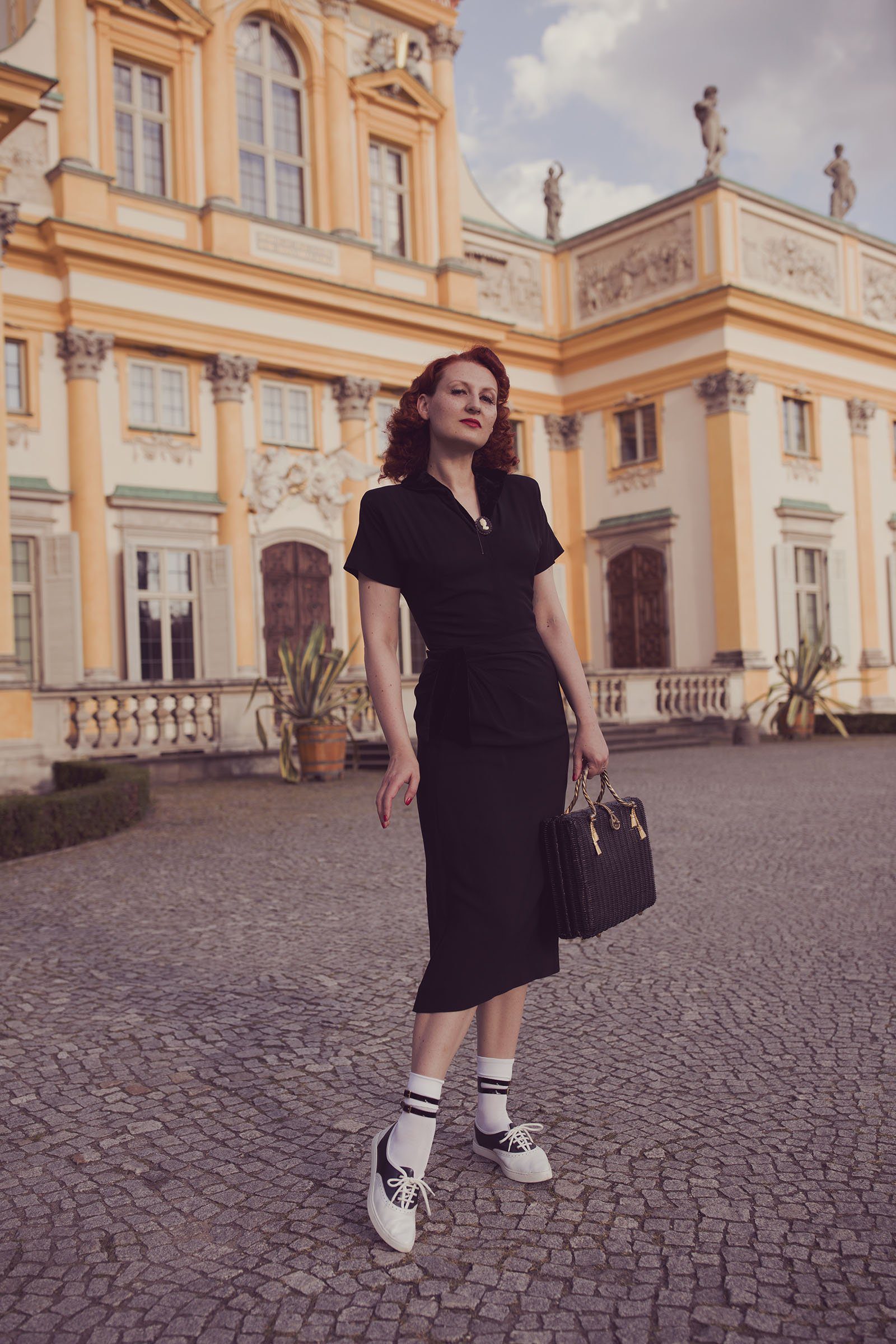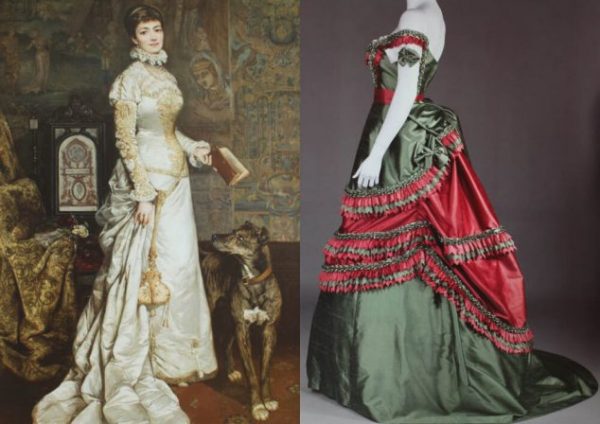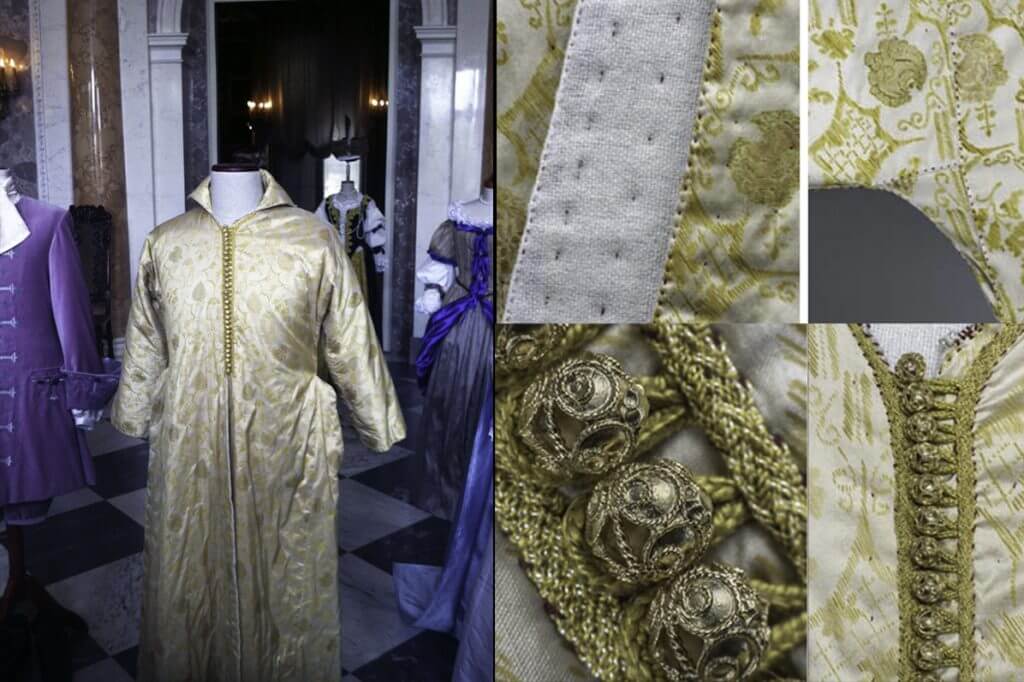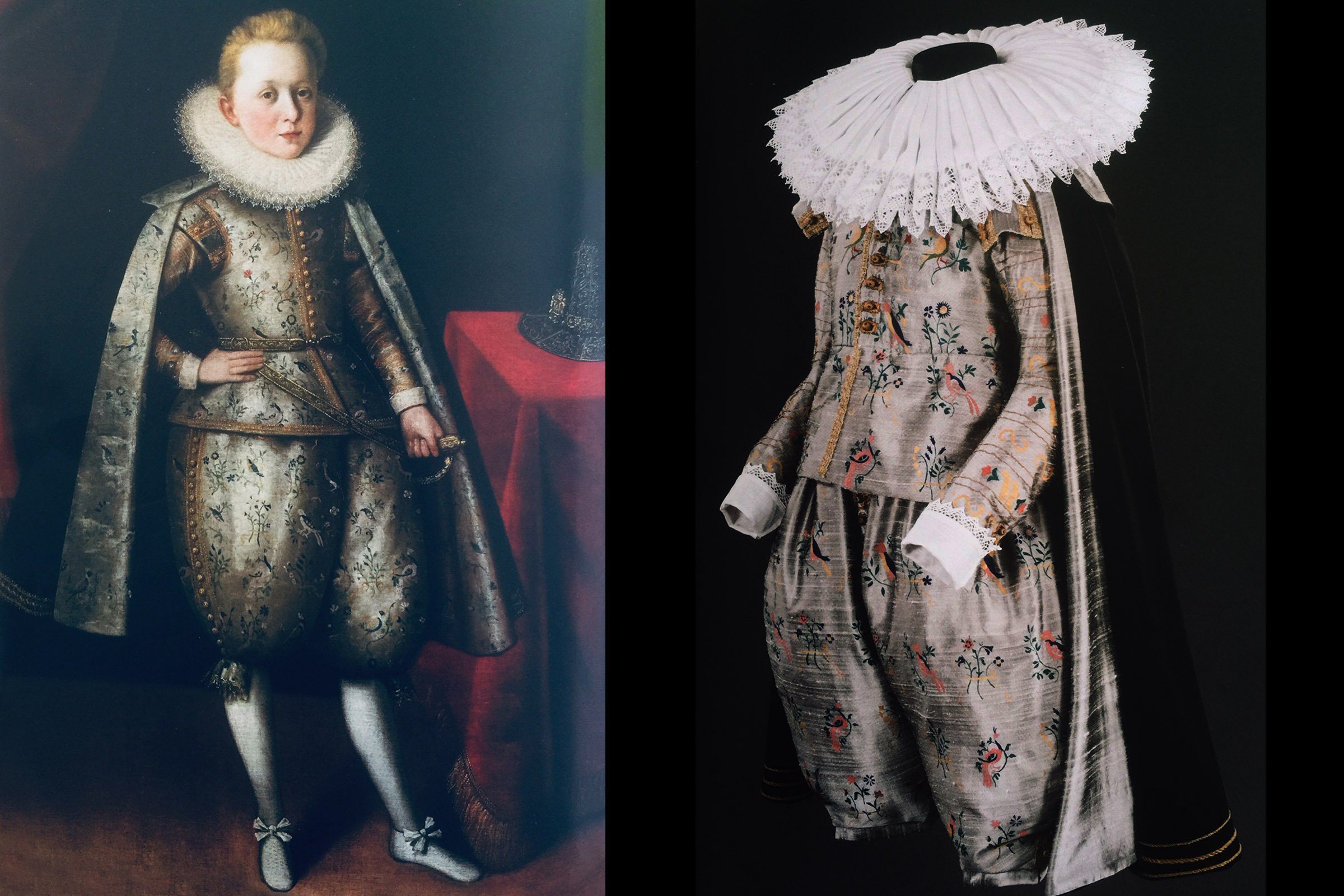Reconstructions of Recreational Clothing from the 17th to the 20th Century

Last updated on December 26th, 2022 at 11:58 am
- Warsaw Calling!
- The Winners of the Wilanow for Young Talents Competition
- First Prize
- Second Prize
- Third Price
- Honorary Mention
- Second Honorary Mention
- Third Honorary Mention
- Fourth Honorary Mention
- Museum of King Jan III’s Palace at Wilanow
Introduction to the Wilanow for Young Talents Competition
Reconstructions of recreational clothing from the 17th to the 20th Century.
The Opening Gala of the fifth edition of my favourite competition pertaining to historical costume reconstruction, the Wilanow for Young Talents, took place a week ago. I had the pleasure and honour to be present at the award ceremony for the fourth time as the representation of the foreign press. Thank you Maria Zielinska for the invitation!
If I piqued your interest, take a look at the previous jaw-dropping editions of this extraordinary competition.
This year’s topic the “Reconstructions of recreational clothing from the 17th to the 20th Century” like its previous editions, did not disappoint.
So, if you happen to be in Warsaw, you should add a visit to Wilanow Palace where you can admire the works of uber-talented young Poles who partook in the competition.
The level of skills needed to accomplish the difficult task and the extraordinary gift for sewing of many of the participants proved that there is still hope for the future of fashion.
If we had more designers with such a penchant for details and quality, even I would be tempted to wear a garment made post-1954.
Warsaw Calling!
If you are new to Warsaw or perhaps considering a visit to the capital of Poland, read the “Perfect Weekend in Warsaw” article for tips on what to see and where to stay.

DISCLOSURE: I’m part of an affiliate program, and I get a small commission for purchases made through the links in this post. That’s how I keep my website alive, for which I’m very grateful to you. Shopping via my affiliate links comes at no additional cost to you. All opinions expressed here are mine!
The Winners of the Wilanow for Young Talents Competition
The difficulty level of this competition makes every participant a winner. Once again, I’m in awe of every young lady and gentleman who decided to take part in the Wilanow for Young Talents contest, because it required not only a certain set of skills but also great determination and patience. And let’s face it, the latter is a virtue very few possess nowadays.
Additionally to the outfit, the contestants faced the challenge to recreate the necessary undergarments, accessories and sports equipment. Needless to say, the task required a lot of work time and money, but it was definitely worth the effort.
First Prize
Grzegorz Biesik won the first prize for the reconstruction of the Norfolk sports outfit based on the 1890-1900 outfit in the Metropolitan Museum of Art in NYC.
The Norfolk jacket made its first appearance in the 1880s thanks to Queen Victoria’s son, the Prince of Wales and later King of England, George VII. The Prince was an avid hunter at the royal residence of Sandringham in Norfolk but his stocky build made it difficult for him to enjoy his hoppy due to uncomfortable hunting clothes.
His tailor came to the rescue by creating a single-breasted, loosely fitted jacket with special pleats that allowed the Prince to move his arms without restraint. The Norfolk jacket was made of best-quality tweed and often worn with a vest, trousers and a cap made of the same fabric. The very comfortable attire was soon after adapted for other sports.


Second Prize
Dominika Wasiak made a beautiful beach outfit based on a dress from ca. 1864–1867, Los Angeles County Museum of Art.
Bathing in the 19th century was very different to what we are used to nowadays, and women had to go through a lot of trouble to indulge in the pleasure of immersing in the sea. I’m currently working on an article about the history of the bathing costume, so stay tuned, as I will endeavour to go into great detail.


Third Price
This year the jury decided to honour two contestants with the third prize. Julia Krywult for her reconstruction of a garment based on the Portrait of Aleksandra Potocka and Izabela Potocka, Carlo Labruzzi, 1788, Museum of King Jan III’s Palace at Wilanów.


Adam Krzepkowski created a piece of art by reconstructing a fencing garment based on a doublet from around 1580, Metropolitan Museum of Art, New York.

Original versus reconstruction. Isn’t the latter simply spectacular? The peascod belly, also known as the goose belly, was fashionable in the late 16th century. The padded front, back, and sleeves of the doublet protected against thrusts and cuts during fencing training.


Ubiory sportowe i rekreacyjne of XVII do XIX wieku
Honorary Mention
Klaudia Anuszczyk reconstructed a horse riding outfit from 1880–1883, The Metropolitan Museum of Art, New York.
It was horse riding, my favourite sport, and hunting, which I’m strongly opposed to, that inspired the first costumes sewn exclusively for recreational purposes.
Reconstructions of 17th and 18th-century garments are made of colourful fabrics, adorned with golden haberdashery, lace and lavish embroidery. Costumes from the 19th century, on the hand, are made of woollen fabrics in muted colours, bereft of ornaments.


Second Honorary Mention
Janina Alicja Błaszkowska took it upon herself to reconstruct a fantastic quilted skating outfit based on the 1863–67 ensemble, The Metropolitan Museum of Art, New York you see below.

Until the 19th century, ice skating was the most popular winter sport. It was favoured by Empress Eugenia, who noted that English women tied or raised the skirt slightly above the ankles to avoid tearing the skirt on the ice. As you can see in the picture, the fabulous “sportswear” followed the current fashion trends.

Third Honorary Mention
Zuzanna Pydzik created a truly spectacular golf outfit based on a Portrait of a Boy with a Kolf Club, Wybrand de Geest, 1631, Rijksmuseum, Amsterdam. As you probably guessed, there were no special clothes for playing golf, therefore the sport was enjoyed in everyday garments.
How do you like this incredible doublet paired with loose, puffy knee-length trousers and a long skirt on top for casual wear?

Fourth Honorary Mention
Joanna Zacny reconstructed a lovely bathing suit based on a photograph of a dress from 1910, at the National Museum in Krakow.

Museum of King Jan III’s Palace at Wilanow
Opening Hours: Monday-Sunday from 10 am to 4 pm.
Free entry on Thursday.







